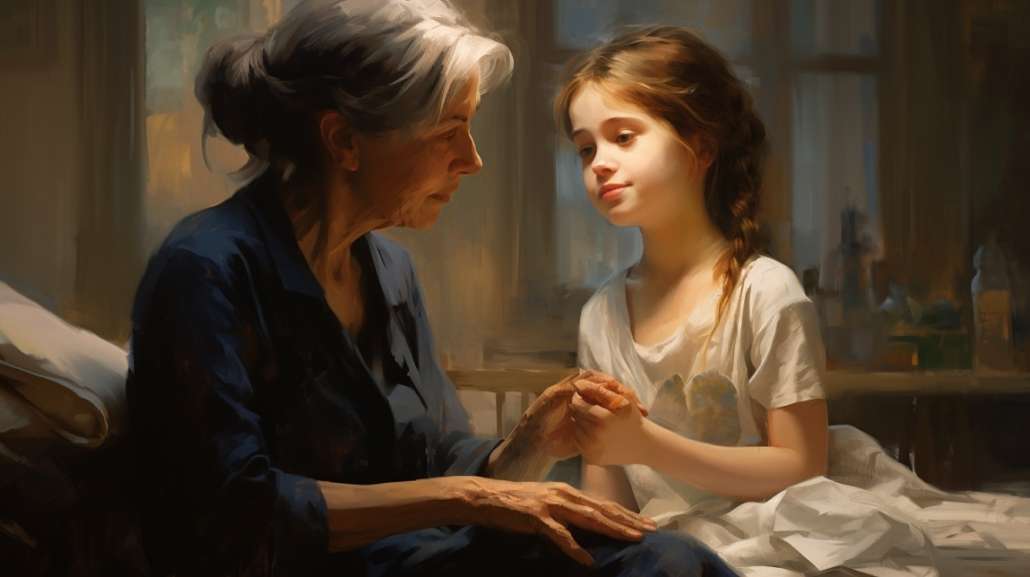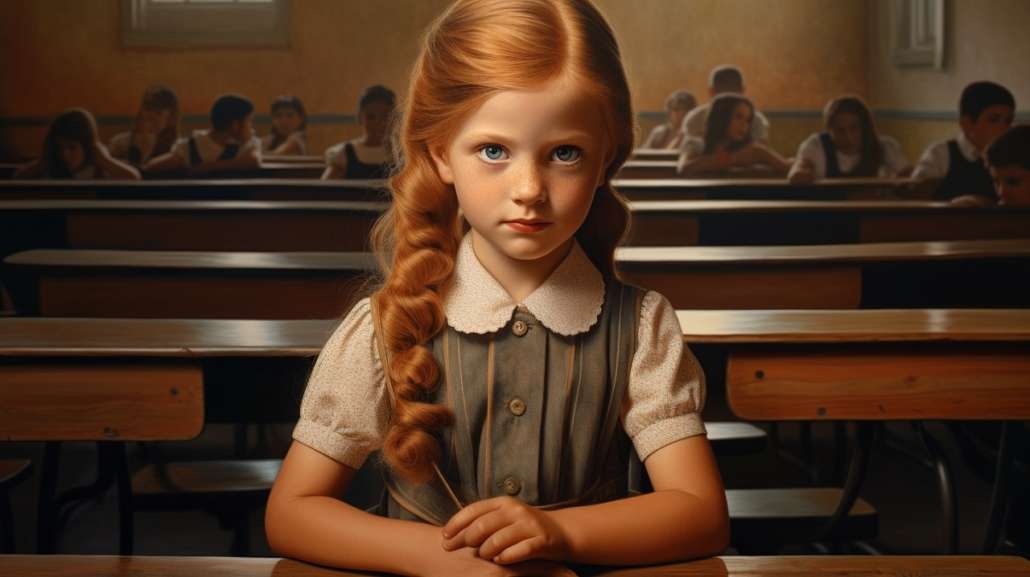THE BEST VIEW: The Journey (Observing National Breast Cancer Awareness Month)

 by Norma Best Boucher
by Norma Best Boucher
As I ask myself when this journey all began, I must start with my mother in the ‘60s when she was diagnosed with breast cancer. She had been an older mother when I was born, so I had the advantages of having a mother who was secure with herself.
I remember vividly when she had her mastectomy and radiation. I have never seen anyone with such courage and strength. She couldn’t afford a breast prosthesis, so she stuffed a cotton curtain into her bra and asked me, “Norma, am I even?” before going to work as a first presser at the Hathaway Shirt Company.
My father had told her, “Just live, Lillian.”
For us, who loved her, she lived.
I had made sure that I never took any medicines that might add to my risk of having breast cancer. I had taken every precaution I knew, so when at age 62 they told me that I might have breast cancer, it was a slap in the face.
A lumpectomy revealed an additional lump – now, two different kinds of breast cancer.
My son took the reins and made appointments at a Breast Cancer Center. Within a week’s time I was at the center. Further biopsies showed two additional growths.
My breast was a cancer factory.
After the initial shock of the diagnosis and with the help of the doctors, I realized that cancer was not necessarily a death sentence. Suddenly, I had options, decisions, and hope.
My husband and I went home to Maine to visit. Family members and friends who had survived cancer were the greatest inspiration for me. People I hadn’t seen in years called to tell me of their experiences and to encourage me.
I left Maine with the decision to go through with the mastectomy and with the courage to fight for my life.
Experiences with my mother, God, and the love of my husband and son got me through the operation.
I was overjoyed to learn that the cancer had not spread to my lymph nodes. In fact, I was told that I wouldn’t need chemotherapy. I went to the oncologist prepared to take a preventative medication for five years.
Further tests, however, showed that one of the cancers was an aggressive type. Chemo was now on the table. This decision was more difficult than deciding on the mastectomy.
This was a setback. I had already moved on with my life, and, suddenly, I was grabbed back into the world of cancer.
The question was, of which was I more afraid: the cancer or the chemo?
With the guidance of doctors, I opted for the chemo.
My husband and son took turns taking care of me. I exhausted them. They had put everything they had into saving me, and now I needed them even more.
The chemo treatments were worse than the operation. It was an intense three months, but my family never waived.
Each person’s experience with chemo is different. Suffice it to say, “I wouldn’t wish this on an enemy.”
I did the treatments. My hair fell out in clumps after the second week. I wore bandanas most of the time because my wig was so loose that it slipped to my nose when I tilted my head. Some days I just wanted to heave it across the room.
The first time I slept for days after the treatment, I was scared. The next treatments I prayed to sleep.
Every time I had a treatment, I swore I wouldn’t take another, but then I felt better and tried again.
Finally, they were over.
I survived. I am alive and cancer free.
When I look back on this experience, I laugh, and I cry. God, everyone’s prayers, and my family’s love got me through this.
I am truly blessed.
Sometimes, when I’m dressed and ready to leave for work, I take a long, hard look at myself in the mirror.
In my mind’s eye I see my mother, smiling at me.
I whisper, “Thank you,” to her and to God.
Then, I pull back my shoulders, smile right back at her, and ask, “Ma, am I even?”
Norma Best Boucher is a freelance contributor to The Town Line. A former Waterville native, she now lives in Florida.








